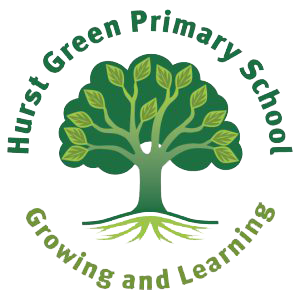Computing
What are Children Taught in KS1 Computing?
Computing subject content is shaped around achieving the general aims of the computing National Curriculum.
The KS1 Computing Curriculum teaches children to understand the fundamental computer skills that will enable them to use devices such as computers and laptops effectively. Part of this will include powering the devices off and on and using peripherals if necessary, such as the mouse, keyboard and headphones.
Once they understand the basics of powering the machines and using the devices connected to them (including trackpads for laptops), they will practice their skill using the mouse/keyboard by launching software such as spreadsheets and learning how to save and open files.
KS1 Computing Curriculum
In KS1, the national curriculum states that children should be taught to:
- understand what algorithms are; how they are implemented as programs on digital devices; and that programs execute by following precise and unambiguous instructions
- create and debug simple programs
- use logical reasoning to predict the behaviour of simple programs
- use technology purposefully to create, organise, store, manipulate and retrieve digital content
- recognise common uses of information technology beyond school
- use technology safely and respectfully, keeping personal information private; identify where to go for help and support when they have concerns about content or contact on the internet or other online technologies.
What are Children Taught in KS2 Computing?
In KS2, children will further develop their understanding of algorithms, becoming able to design their own programmes and identifying the steps needed to solve any problem.
KS2 Computing Curriculum
In KS2, the national curriculum states that children should be taught to:
- design, write and debug programs that accomplish specific goals, including controlling or simulating physical systems; solve problems by decomposing them into smaller parts
- use sequence, selection, and repetition in programs; work with variables and various forms of input and output
- use logical reasoning to explain how some simple algorithms work and to detect and correct errors in algorithms and programs
- understand computer networks including the internet; how they can provide multiple services, such as the world wide web; and the opportunities they offer for communication and collaboration
- use search technologies effectively, appreciate how results are selected and ranked, and be discerning in evaluating digital content
- select, use and combine a variety of software (including interent services) on a range of digital devices to design and create a range of programs, systems and content that accomplish given goals, including collecting, analysing, evaluating and presenting data and information
- use technology safely, respectfully and responsibly; recognise acceptable/unacceptable behaviour; identify a range of ways to report concerns about content and contact
Computing overview
Esafety and Policy (including social media)
E-safety
Want to learn about eSafety in a fun and interactive way? Well you've come to the right place! This part of the school website is for you to learn about important eSafety issues while playing challenging and epic games online!
Digital Leaders
Computing Key Vocabulary
Children at Hurst Green are encourage to use Key vocabulary throughout their computing lessons. Key Vocabulary is displayed in the Computer suite and on all of our technology storage cabinets.
























